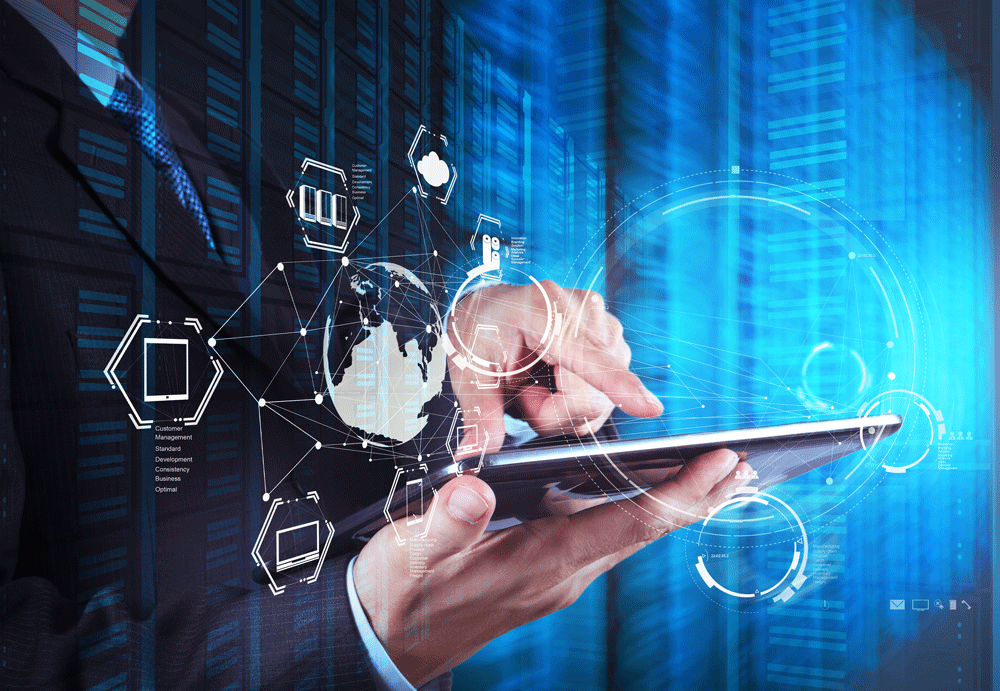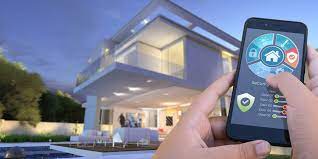Embracing the Digital Lifestyle Opportunities and Challenges in the Modern Era
The digital lifestyle has transformed how we live, work, and connect. From smartphones to smart homes, technology permeates every aspect of our daily routines. But what does it mean to live a digital lifestyle, and how can we navigate its opportunities and challenges? This article explores the evolution, benefits, and potential pitfalls of embracing a fully connected, tech-driven life.
What is a Digital Lifestyle?
A digital lifestyle refers to the integration of digital technologies into everyday activities, shaping how we communicate, work, learn, and entertain ourselves. It encompasses the use of devices like smartphones, laptops, and wearables, as well as services such as social media, cloud computing, and streaming platforms. This lifestyle is characterized by connectivity, convenience, and constant access to information.
The rise of the internet and advancements in technology have made the digital lifestyle not just a choice but a necessity for many. Whether it’s remote work, online shopping, or virtual socializing, our reliance on digital tools has grown exponentially, especially in the wake of global events like the COVID-19 pandemic, which accelerated the adoption of digital solutions.
At its core, the digital lifestyle is about leveraging technology to enhance efficiency, creativity, and connectivity. However, it also comes with challenges that require careful navigation to ensure a balanced and fulfilling life.
The Evolution of the Digital Lifestyle
The digital lifestyle didn’t emerge overnight. It’s the result of decades of technological advancements. In the 1980s and 1990s, personal computers began entering homes, marking the first step toward widespread digital adoption. The internet’s commercialization in the mid-1990s opened the floodgates, connecting people across the globe and laying the foundation for today’s digital ecosystem.
The early 2000s saw the rise of mobile phones, which evolved from simple communication devices to powerful smartphones capable of performing tasks once reserved for computers. The launch of the iPhone in 2007 was a turning point, introducing touchscreens, app ecosystems, and constant connectivity. Social media platforms like Facebook, Twitter, and Instagram further transformed how we share and consume information.
Today, the digital lifestyle extends beyond personal devices. The Internet of Things (IoT) connects everyday objects—thermostats, refrigerators, even cars—to the internet, creating smart environments. Artificial intelligence (AI) powers virtual assistants like Siri and Alexa, while cloud computing enables seamless access to data and services. These advancements have made the digital lifestyle more immersive and integrated than ever before.
Benefits of the Digital Lifestyle
The digital lifestyle offers numerous advantages that have reshaped society for the better. Below are some key benefits:
- Convenience and Accessibility: Digital tools make tasks easier and faster. Online banking, e-commerce, and food delivery apps allow us to manage our lives with a few clicks. Services like Google Maps provide real-time navigation, saving time and reducing stress.
- Global Connectivity: Social media and messaging apps enable instant communication with people worldwide. Video conferencing tools like Zoom and Microsoft Teams have made remote collaboration seamless, fostering global connections for work and personal relationships.
- Access to Information: The internet is a vast repository of knowledge. From educational platforms like Coursera to DIY tutorials on YouTube, the digital lifestyle empowers lifelong learning and skill development.
- Personalization: AI-driven algorithms tailor experiences to individual preferences, whether it’s curated playlists on Spotify, personalized shopping recommendations on Amazon, or customized news feeds.
- Efficiency in Work: Remote work and digital collaboration tools have revolutionized the workplace. Cloud-based platforms like Google Workspace and Asana streamline workflows, enabling teams to work efficiently from anywhere.
- Entertainment on Demand: Streaming services like Netflix, Spotify, and Twitch provide endless entertainment options, accessible anytime, anywhere.
These benefits have made life more convenient, connected, and dynamic, enabling individuals to achieve more in less time. However, the digital lifestyle is not without its drawbacks.
Challenges of the Digital Lifestyle
While the digital lifestyle offers unparalleled opportunities, it also presents significant challenges that can impact mental, physical, and social well-being. Below are some of the most pressing issues:
- Digital Overload: Constant connectivity can lead to information overload and burnout. The pressure to stay online, respond to messages, and keep up with social media can be overwhelming.
- Privacy Concerns: The digital lifestyle relies on sharing data, often at the cost of privacy. From targeted ads to data breaches, users face risks that require vigilance and proactive measures, such as using strong passwords and VPNs.
- Mental Health Impacts: Excessive screen time and social media use have been linked to anxiety, depression, and reduced attention spans. The “fear of missing out” (FOMO) and comparison culture can exacerbate these issues.
- Digital Divide: Not everyone has equal access to technology. Socioeconomic disparities can limit access to devices, high-speed internet, and digital literacy, creating inequalities in opportunities.
- Cybersecurity Threats: The rise of cybercrime, including phishing, malware, and identity theft, poses significant risks. Protecting personal and financial information requires constant awareness and updated security practices.
- Work-Life Balance: Remote work blurs the lines between professional and personal life, making it difficult to “switch off.” This can lead to stress and reduced productivity over time.
Addressing these challenges requires intentional strategies, such as setting boundaries, prioritizing digital literacy, and advocating for equitable access to technology.
Navigating the Digital Lifestyle: Tips for Balance
To fully embrace the digital lifestyle while mitigating its challenges, individuals must adopt mindful practices. Here are some practical tips for maintaining balance:
- Set Screen Time Limits: Use apps or device settings to monitor and limit screen time. Schedule “tech-free” hours to focus on offline activities like reading, exercising, or spending time with family.
- Prioritize Privacy: Regularly review privacy settings on social media and apps. Use two-factor authentication and avoid sharing sensitive information online.
- Curate Your Feed: Follow accounts that inspire and uplift you, and unfollow those that trigger negativity. Customize algorithms to prioritize meaningful content.
- Practice Digital Detox: Periodically disconnect from devices to recharge mentally. A weekend without screens can help reset your focus and reduce stress.
- Stay Informed: Keep up with cybersecurity best practices, such as updating software and avoiding suspicious links. Educate yourself on emerging threats to stay safe online.
- Support Digital Inclusion: Advocate for policies and initiatives that bridge the digital divide, ensuring everyone has access to technology and the skills to use it.
By adopting these strategies, individuals can harness the benefits of the digital lifestyle while minimizing its potential downsides.
The Future of the Digital Lifestyle
The digital lifestyle is still evolving, with emerging technologies poised to shape its future. Artificial intelligence will continue to enhance personalization and automation, from smarter virtual assistants to AI-driven healthcare solutions. The metaverse, a virtual shared space, promises to redefine social interactions, gaming, and even work environments.
5G and future network advancements will enable faster, more reliable connectivity, supporting innovations like autonomous vehicles and smart cities. Blockchain technology could enhance security and transparency in digital transactions, while quantum computing may unlock new possibilities in data processing and problem-solving.
However, the future also brings ethical questions. How will we balance innovation with privacy? How can we ensure equitable access to these advancements? Addressing these concerns will require collaboration between governments, tech companies, and individuals to create a digital landscape that is inclusive, secure, and sustainable.
Conclusion
The digital lifestyle has transformed the way we live, offering unprecedented opportunities for connection, creativity, and convenience. However, it also demands responsibility and mindfulness to navigate its challenges effectively. By embracing the benefits of technology while addressing its pitfalls, we can create a balanced, fulfilling digital life.
As we move forward, the key lies in staying adaptable and informed. The digital landscape will continue to evolve, and those who approach it with curiosity and caution will thrive. Whether you’re a tech enthusiast or a cautious adopter, the digital lifestyle is here to stay—embrace it wisely, and it will empower you to live better, smarter, and more connected.






